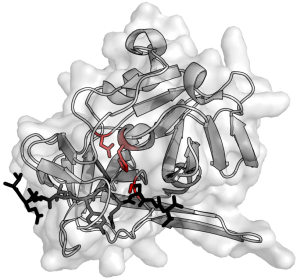Alzheimer’s disease is one of the most debilitating and painful diseases that man has ever had the unfortunate chance to encounter. While there might be no pain for the person afflicted with it, the pain their family goes through as they watch the person they knew and loved become a shell is indescribable. While there has been decades of research into finding a cure for this terrible disease, it seems as though progress has never been made until now.
Scientists at the University of Cambridge have released a new study in Nature Structural & Molecular Biology that points to a victory in the long fight against alzheimer’s disease. Researchers have found that the onset of alzheimer’s can be delayed by a molecule that was found to occur naturally in the human brain. Studies in mice have already shown that this molecule puts a stop to many of the processes that lead to alzheimer’s and dementia. The molecule is called Brichos and while it won’t revert any damage that was already done, it will prevent any more damage from occurring.
One of the first signs of alzheimer’s is the formation of sticky clumps of proteins in the brain. Proteins, called amyloid betas, start folding in wrong shape and end up sticking together. These clumps continue to grow into fibers, called fibrils, and spread across the brain. Even though the brain has ways to deal with this sort of issue, it can quickly be overwhelmed and cause a chain reaction. The fibrils act like a catalyst for more clumps to form and the process is exponential as the disease progresses.
Brichos works by sticking to the amyloid fibrils, coating their exterior and preventing the formation of any more sticky clumps. Unfortunately, Brichos currently isn’t useful as a treatment source because it gets absorbed by the body too quickly to get an actual chance to work on the brain. However this discovery shows that the alzheimer’s process can be interrupted and that if we can find another molecule like Brichos then we have a real chance at stopping this tragic disease once and for all.
If you’d like to read more, the link is here.

